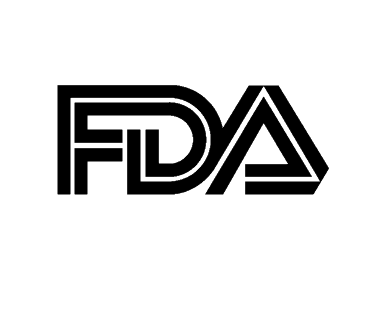The story of the U.S. Food and Drug Administration (FDA) is a long and storied one that begins in the late 19th century, when the public grew increasingly concerned about the safety of the food and drugs they consumed. This led to the passage of the Pure Food and Drugs Act of 1906, also known as the Wiley Act, which established the Bureau of Chemistry (later renamed the FDA) to regulate the labeling and safety of food and drugs.
Over the years, the FDA’s role and responsibilities grew to include a wider range of consumer products, such as cosmetics and medical devices, and the agency was tasked with not only enforcing existing laws but also conducting research and setting safety standards. The FDA has faced a number of challenges throughout its history, including court battles, controversies over drug and medical device regulations, and debates over balancing public health with innovation and economic growth. Despite these challenges, the FDA has remained a critical player in ensuring the safety and efficacy of the products that form the backbone of the U.S. healthcare system.
As technology and science have rapidly advanced, the FDA has had to adapt and evolve to keep pace. The agency has undergone several reorganizations, responded to public health emergencies, and has faced new challenges posed by the rise of electronic devices, biotechnology, and personalized medicine. However, the FDA remains steadfast in its commitment to protecting public health and advancing the public welfare.
The Pure Food and Drugs Act of 1906 was a turning point in the regulation of food and drugs in the United States. The act was a response to the growing public concern over the dangers of the marketplace, which was brought to light by journalists such as Samuel Hopkins Adams and most notably, Upton Sinclair’s novel “The Jungle.” The act prohibited the transportation of illegal food and drugs across state lines and imposed penalties for violating the law, and it was based on the regulation of product labeling rather than pre-market approval. The Bureau of Chemistry was tasked with enforcing the law, and its initial focus was on food regulation, particularly the use of chemical additives in food.
Over time, the Bureau’s focus shifted towards drug regulation, and the agency has since devoted more effort to this area. Despite its more stringent drug standards, misbranding remained a significant source of controversy, and an amendment to the act in 1912 aimed to clarify the law’s language, but it also put the Bureau in a difficult position of having to prove the intent of manufacturers to defraud consumers in court. Nevertheless, seizures of misbranded and adulterated drugs increased in the 1920s and 1930s.
Although the federal government has been using chemical analysis on agricultural products since 1848, the FDA is considered to be the oldest comprehensive consumer protection agency in the U.S. federal government, and its modern regulatory functions can be traced back to the passage of the Pure Food and Drugs Act of 1906. Although it was not known by its present name until 1930, the FDA’s history has been shaped by the social, economic, political, and legal changes in the United States. An examination of this history reveals the FDA’s evolving role in promoting public health and offers lessons for considering current regulatory challenges.


